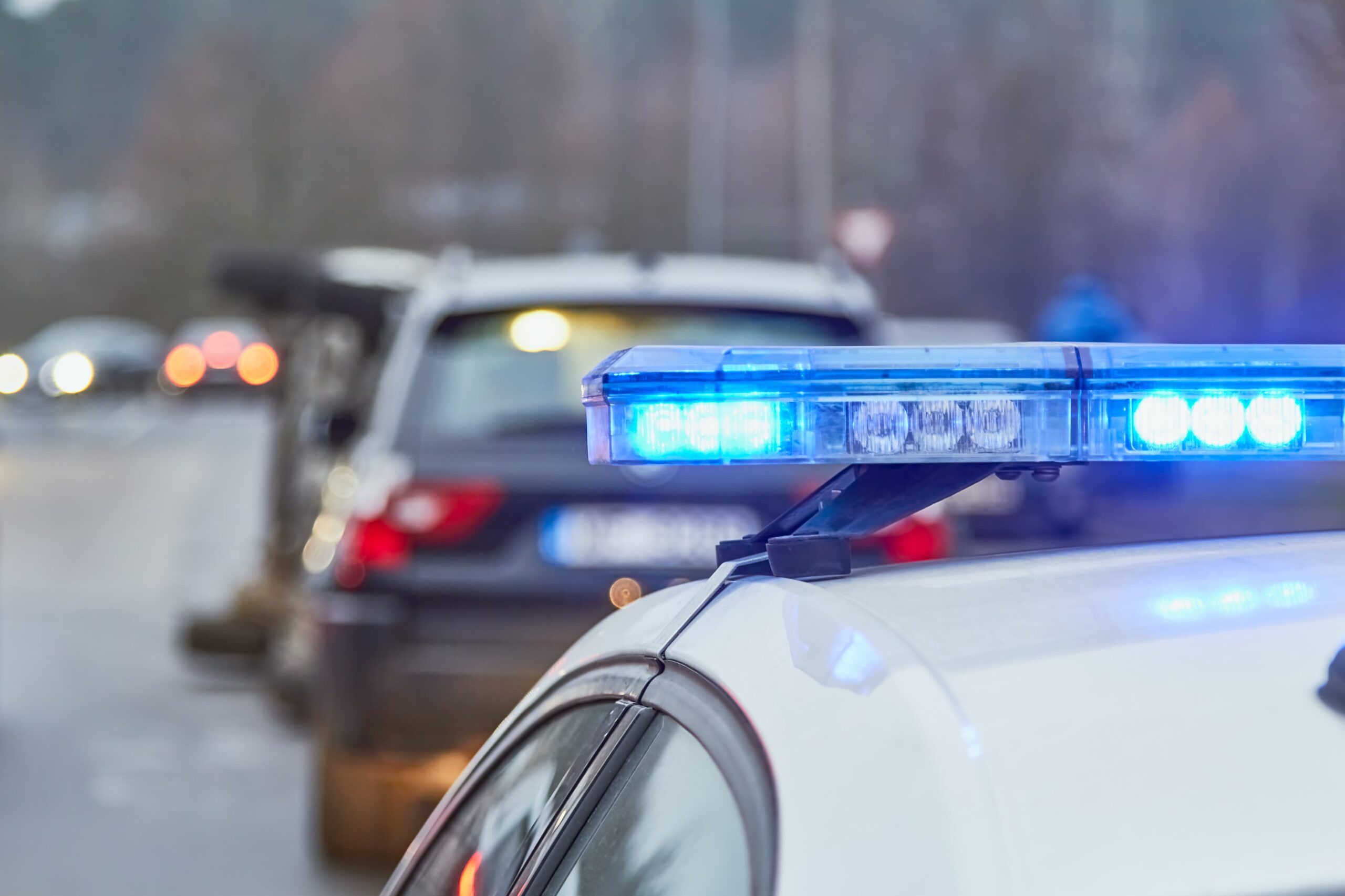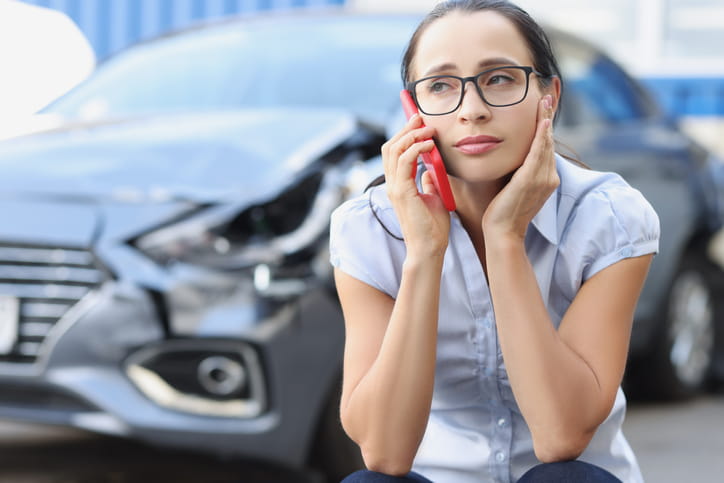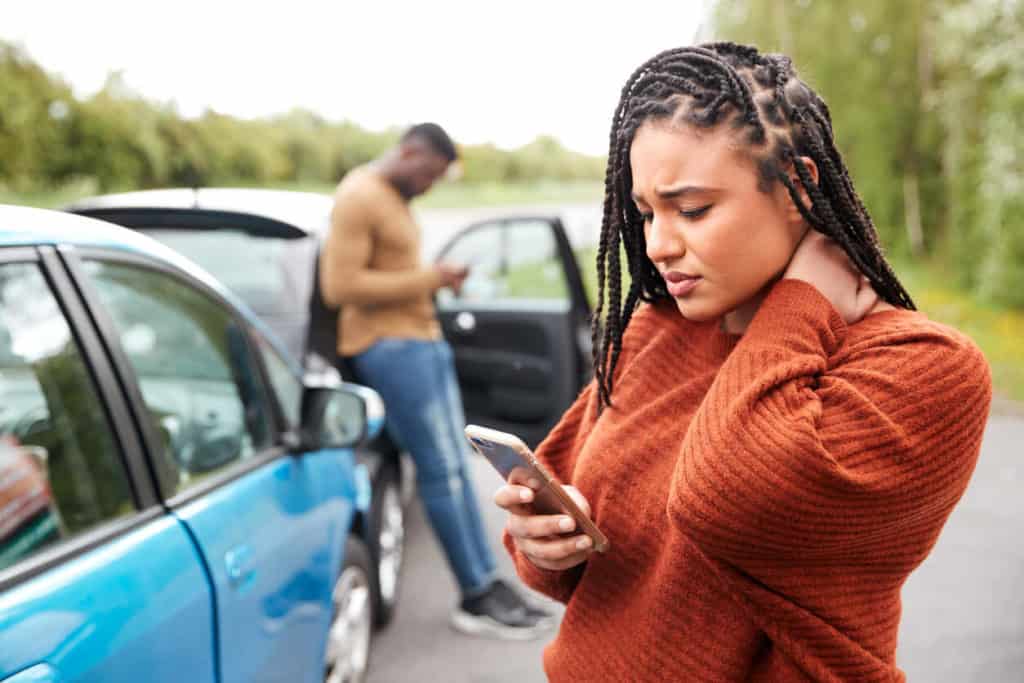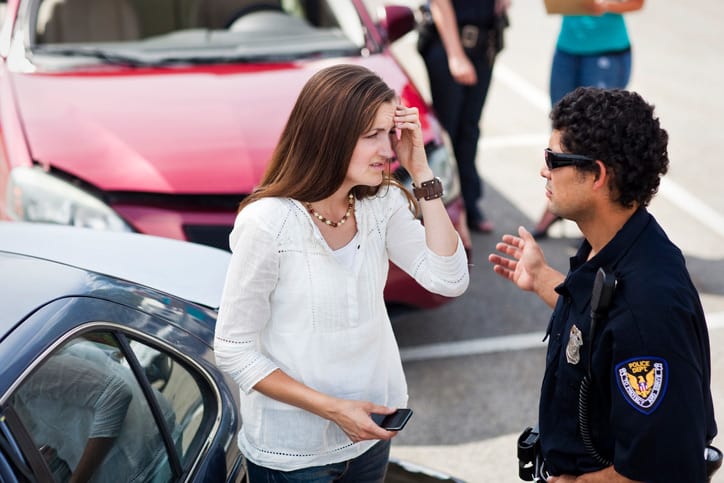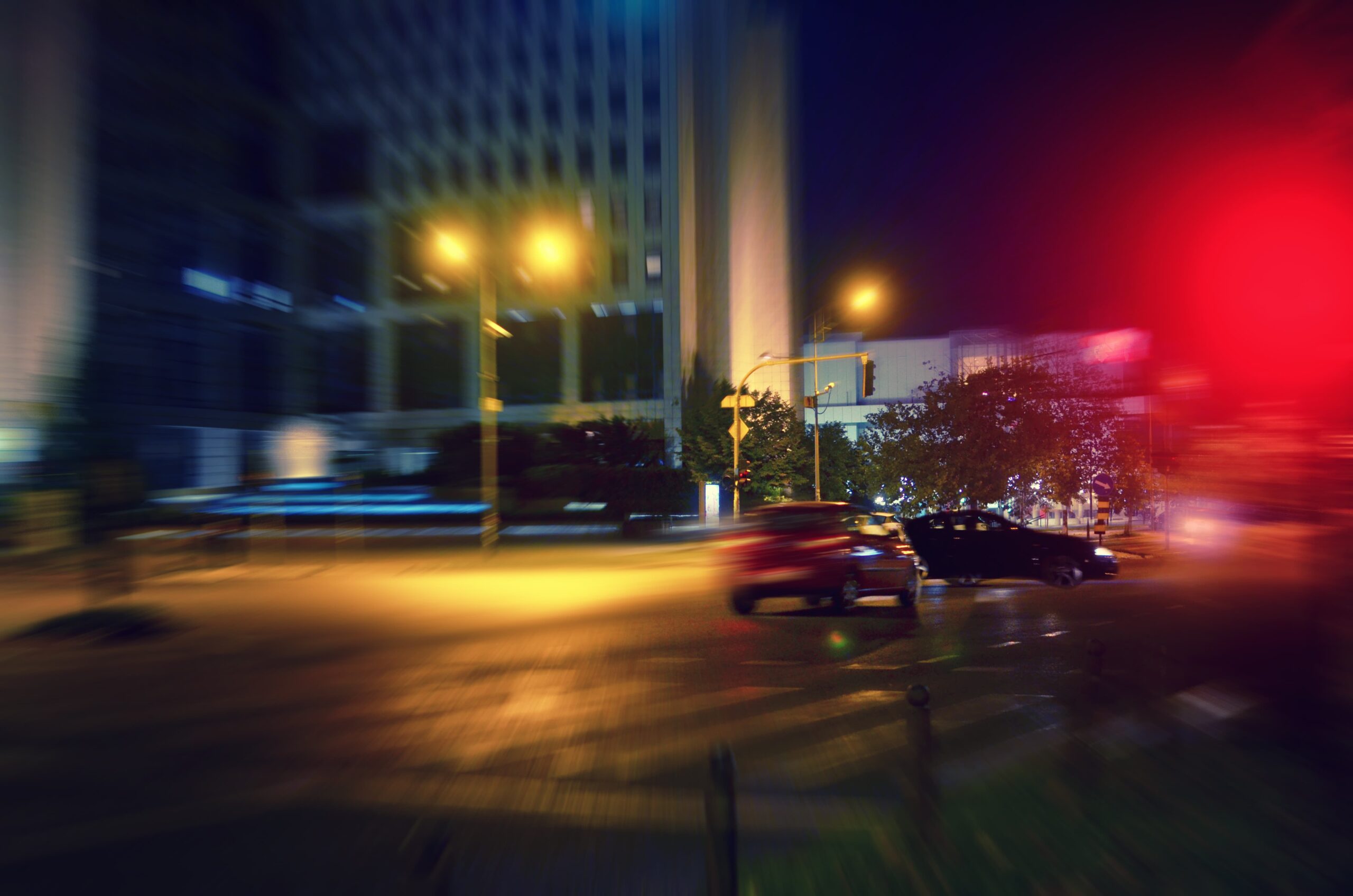Who Is at Fault in a Chain Reaction Car Accident?
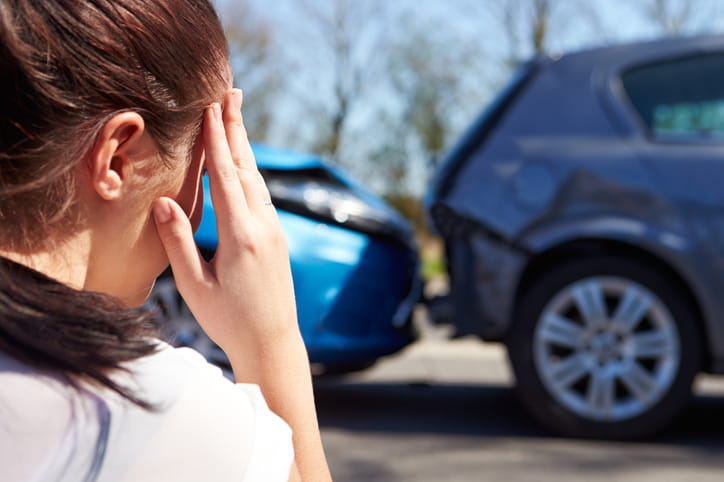
Chain reaction car accidents are complex, often result in serious injuries, and can be overwhelming and time-consuming to navigate. Seeking the advice of an attorney can help simplify the process while allowing you to recover the compensation you deserve. Speak with the attorneys at Bachus & Schanker to understand your rights and options after a chain reaction car accident.
What Does a Chain Reaction Car Accident Mean?
A chain reaction car accident occurs when multiple vehicles are involved in a collision. The chain reaction begins when one vehicle collides with another car or a hazard on the roadway. Because of that initial collision, a second collision happens with an oncoming vehicle, then a third, and so on, until the chain breaks.
Where Do Chain Reaction Accidents Usually Happen?
Chain reaction collisions are unique from other car accidents in that they typically happen on the freeway and are often the result of a rear-end accident.
During a rear-end collision, the driver in the rear collides with the driver in front of them, causing the initial collision. Collisions can happen for various reasons, including hazardous roadway conditions, distracted driving, or drivers following too closely.
The sudden initial collision gives the driver behind the vehicle that did the rear-ending very little reaction time to stop before they become the second link on the rear-end chain reaction. When this type of accident happens on freeways, the reaction time is nearly nonexistent, creating what so many of us know as a “pile-up.”
Colorado’s Car Accident Laws
Colorado is an at-fault state, meaning whoever was at fault for the car accident is held liable, and the at-fault driver’s insurance kicks in to pay the medical and property expenses of the other driver.
But what happens during a vehicle pile-up when multiple vehicles are at fault? That is where Colorado’s comparative negligence kicks in.
Colorado’s Modified Comparative Negligence
As a modified comparative negligence state, Colorado reduces a plaintiff’s damages based on their percentage of fault, as detailed in the Colorado Code Section 13-21-111. However, if a plaintiff is found to be equal or more negligent than the combined negligence of the defendant, then the plaintiff cannot recover damages.
Determining Liability in Multi-Car Accidents
The first step in proving liability in a multi-car accident is determining fault. Determining fault can happen through several methods.
Insurance Companies Can Determine Liability
The responding police officer will collect driver and witness statements to determine what happened. When you file a claim with your insurance company after a car accident, insurance adjusters will rely on this police report to decide whether and how much liability the other driver might have. If you were at fault, your insurance provider may also try to minimize your liability.
A Car Accident Attorney Can Help Determine Liability
If the other driver was at fault, and their insurance company is disputing liability, a car accident attorney can help provide additional evidence by conducting a more thorough investigation.
They may look for surveillance footage, bring in expert testimony to support your case and determine if other factors could minimize your liability.
Generally, if a driver rear-ends another driver, they are held liable. However, suppose you rear-end a driver because you are involved in a chain-reaction car accident. In that case, your liability can be minimized or even eliminated if you can prove that the driver(s) in the initial collision that led to the pile-up was fully at fault.
Can I File a Claim if I Was Partially at Fault?
Yes, if you were partially at fault in a car accident, you should still file a claim. If you were partially at fault, you can claim a percentage of your losses. This compensation can help you cover the cost of medical bills, lost wages, and other losses that resulted from the car accident.
protecting Yourself After a Chain Reaction Car Accident
If you’ve become the victim of a chain reaction car accident you should know what and what not to do after a car accident. Here are tips every car accident victim should follow:
Get Medical Attention
The injuries related to a chain reaction car accident can be severe, and some injuries may not present themselves until hours or even days after the accident. Seek medical attention immediately to rule out serious head injuries or internal injuries or to remedy visible injuries like lacerations and broken bones.
Avoid Posting to Social Media or Discussing the Accident Publicly
Insurance companies, especially in a multi-vehicle car accident, will work hard to dispute liability. They can and will use statements you make to them, to others, and those you post on social media against you to disprove your claims.
Contact an Experienced Car Accident Injury Attorney
Severe collisions, including multi-vehicle collisions, are complex. There will be a debate on who is liable and to what degree. When your insurance company does offer a settlement, it may not be a fair or comprehensive one either.
Seeking the guidance of a car accident injury attorney can help ensure your rights are protected throughout the whole process. An attorney will push back against lowball settlements, offer evidence that minimizes your liability, and so much more.
Refer Insurance Adjusters to Your Attorney
Working with the insurance companies involved can be intimidating and overwhelming. When you hire an attorney, you will have a legal representative to handle all communication on your behalf.
When Should You Hire a Car Accident Injury Attorney?
Not all car accidents require the guidance of a car accident injury attorney. However, more severe and complex car accidents, including chain reaction car accidents, are better resolved when a car accident attorney is involved. You should hire an attorney in a multi-vehicle accident, if you are pursuing a personal injury lawsuit, or if you want to dispute the settlement the insurance company offers you.
Establishing the Burden of Proof
If you are pursuing a personal injury claim after your car accident, the general standard for the burden of proof is “a preponderance of the evidence.” This means that a plaintiff must show that there is a greater than 50% chance that the claims they are making against a defendant are true. Working with an attorney can ensure this standard for the burden of proof is met.
While the burden of proof only applies if your case goes to court, having this burden of proof established beforehand will create a stronger case, enabling your attorney to negotiate a more competitive settlement agreement.
Speak With a Car Accident Attorney at Bachus & Schanker
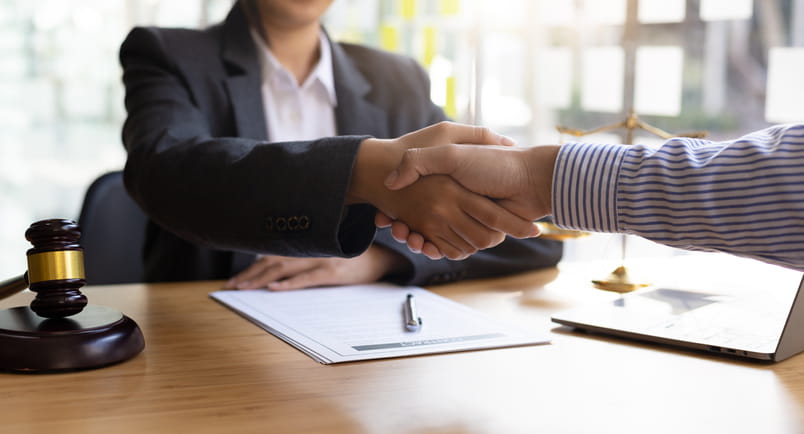
If you have been injured in a chain reaction car accident, let the team at Bachus & Schanker represent you. Our attorneys will work diligently to help you recover the compensation you deserve by helping you build a robust case.

